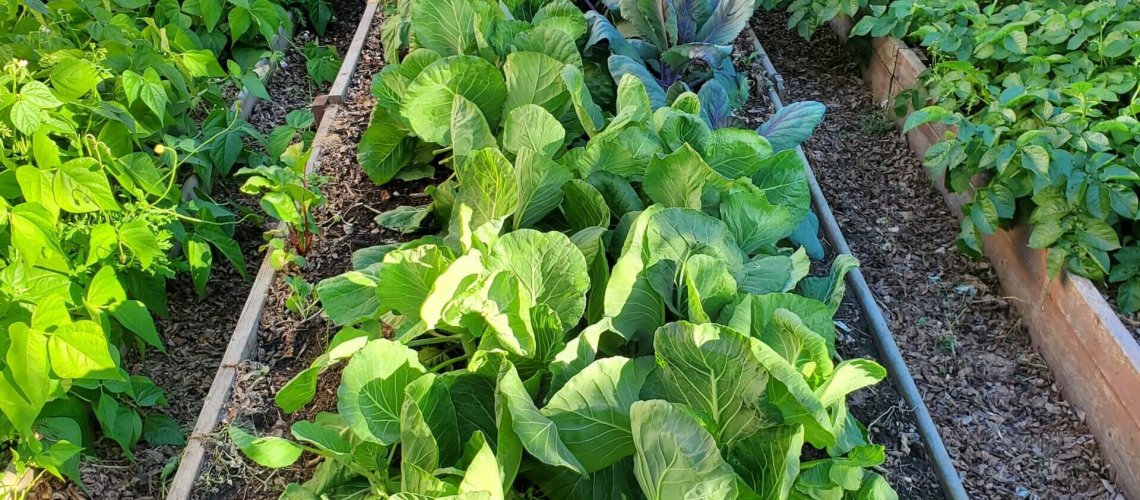The reason that gardeners live longer is that they always have something to do, now and in the future.
Now that you have harvested all your produce, it’s time to clear up the mess and prepare for next year.
Do a deep weed cleaning. Remove all weeds, digging them up by the roots. At the same time divide flowers that have overgrown their area. For example, iris has a tendency to expand beyond the space you have allocated to them in your flower garden.
Remove dead vegetation from your garden, placing it into your compost box or bin. However, don’t cut down flower growth; let it continue to store food for the next spring’s growth. Leave much of the fallen leaves and other vegetation in your perennial flower garden to be removed next spring; it protects a variety of cocoons, overwintering queen bumblebees, worms, and beetles, all of which may benefit your spring and summer garden. In the spring, leave the debris until the average daytime temperature reaches 100C.
Remove fallen fruit from around your fruit trees. This should be done immediately after the fruit falls. Fallen fruit provides a haven for the larvae of the fruit flies that can infest your fruit next year.
Place as much compost as you can onto your raised beds and flower beds. Rake it into the top few inches of the topsoil. Don’t worry about it getting the compost down any further, beneficial insects will bring it down.
Mulch your perennial flowers, strawberries, fruit bushes, and fruit trees. Mulching limits the thawing and subsequent freezing of the ground in which the plants are growing.
An easy way to make mulch from fall leaves is to mow a pile of leaves with your lawnmower, catching the shredded leaves in your mower bag. They are then easier to spread.
Shred tomato stalks and leaves with the lawnmower, catching them into the mower bag, and dig them into the soil where next year’s tomatoes will be planted. Tomato plants are somewhat cannibalistic.
Rainwater is preferable to using city water. Remember this summer’s heatwaves and water restrictions. If your rainwater ran out, consider adding one or more rain barrels. Don’t worry about having water at the end of the season; your trees can always use more.
Water your fruit and other trees generously.
Repair your raised beds.
Fall is a good time to stock up on your spring needs. Stock up on potting soil, seed starting soil, organic fertilizers, tools, etc. Many stores will be selling these items on sale.
Remember crop rotation; plan what and where you will plant next year.
Plant Spring Flower Bulbs
In Zone 3, hardy bulbs that stay in the ground year after year include crocuses, daffodils, hyacinths, snowdrops, and tulips. Choose large, healthy bulbs. The larger the bulbs the better the flowers.
Select a location that will receive a full spring sun, except for snowdrops; they thrive in semi-shade. Spring bulbs like soil that is slightly sandy, well-drained so the bulbs do not rot, with lots of compost mixed in.
Plant the bulbs in mid-August to early September. Place the pointy end up at a depth three times the height of the bulb, about 6 inches apart. Water once. It is best to plant in clumps, 4 to 6 in each clump. Add about 2 inches of mulch to reduce the impact of the freezing and thawing.
Plant Garlic Bulbs
The hard neck variety thrives in Zone 3. Garlic likes well-drained soil. Do not over-water as wet soil will rot the bulb.
Plant in mid-September. To start, break cloves from a garlic head and plant each clove about 20 cm apart with the pointy end up about 5 cm deep in loose soil. Cover the area with 2 inches of straw or mulch.
My next article will be on The Summer Saga, Reflections on Gardening.

Recent Comments